.com and Beyond: A Guide to Domain Extensions in 2025
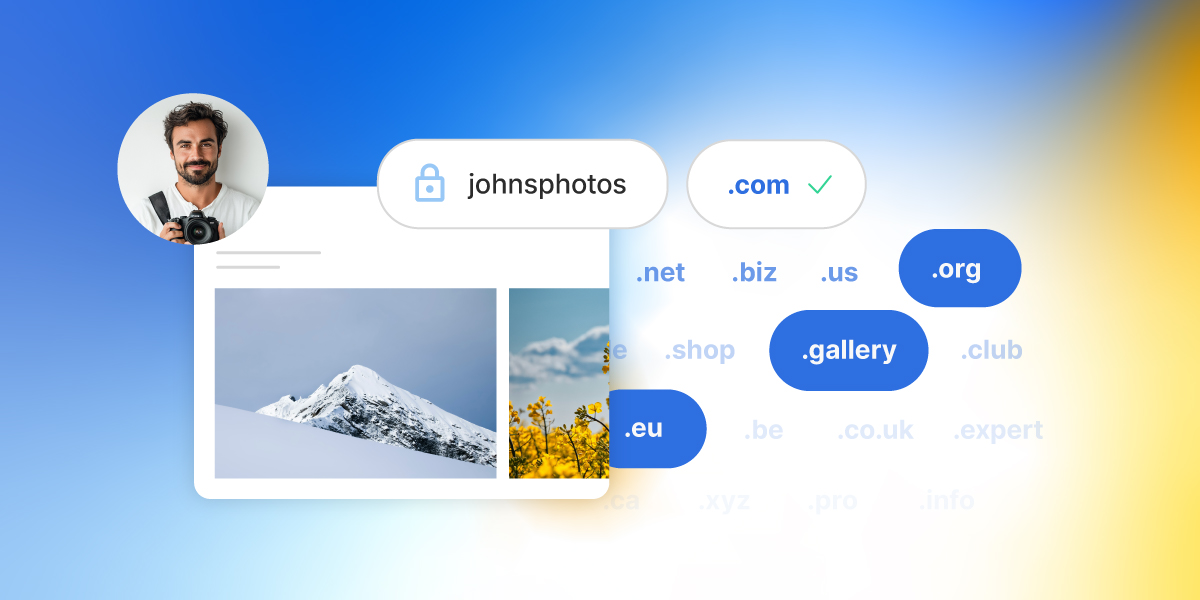
When it comes to domain names, everyone knows .com—it’s the internet’s classic go-to and still the best choice for most websites. But with over 1,500 domain extensions available today, from .tech to .shop to .bio, the domain landscape sure has a lot more to offer than just what remains of .com. What’s more, choosing the right extension goes beyond just getting you online—it can shape how your brand is perceived, who finds you, and even how memorable your site is.
In this guide, we’ll break down what domain extensions are, why .com still reigns supreme, and how savvy businesses and creators are using newer, niche extensions to stand out in 2025. Because startups, online stores, personal brands: there’s a perfect domain extension out there waiting for you.
What is a Domain Extension?
A domain extension is the part of a website’s address that comes after the final dot—like .com, .org, or .net. A slightly more techy audience might also hear it referred to as a top-level domain (TLD), which refers to the highest level in the domain name system hierarchy. These terms are used interchangeably, though, with domain extension being the more user-friendly version.
Domain extensions have become a routine part of our digital day as we browse the web, but they do in fact serve an actual and important purpose behind the scenes. That is, they help organize the internet by categorizing websites based on their purpose, location, or sponsoring organization. And that’s where different types of domains come in.
Types of Domain Extensions
Indeed, domain extensions come in several varieties, each serving different roles and audiences. Understanding these types can not only help you in your website planning, but also get those creative juices flowing, and maybe even inspire some of your branding.
Generic (gTLDs)
Generic top-level domains (gTLDs) are the most common and recognizable domain extensions. They were originally created for general use without any geographic or organizational restriction. Examples include:
- .com (commercial businesses)
- .org (nonprofit organizations)
- .net (network infrastructure)
In recent years, hundreds of new gTLDs have been introduced to help websites stand out and signal their industry or purpose, such as .app, .blog, .shop, and .tech.
Country-code (ccTLDs)
Country-code top-level domains (ccTLDs) are two-letter extensions assigned to specific countries or territories. They help indicate the geographic focus of a website, such as:
- .us for the United States
- .es for Spain
- .jp for Japan

Sponsored/Restricted TLDs
Sponsored and restricted TLDs are specialized domain extensions that are regulated or managed by designated organizations. These often require applicants to meet certain criteria or verification processes to assure that the domain’s use fits specific industries or communities. Examples include:
- .gov (government entities)
- .edu (accredited educational institutions)
- .bank (verified financial institutions)
- .health (trusted health organizations)
These domains add credibility and trustworthiness, but they aren’t open for general registration.
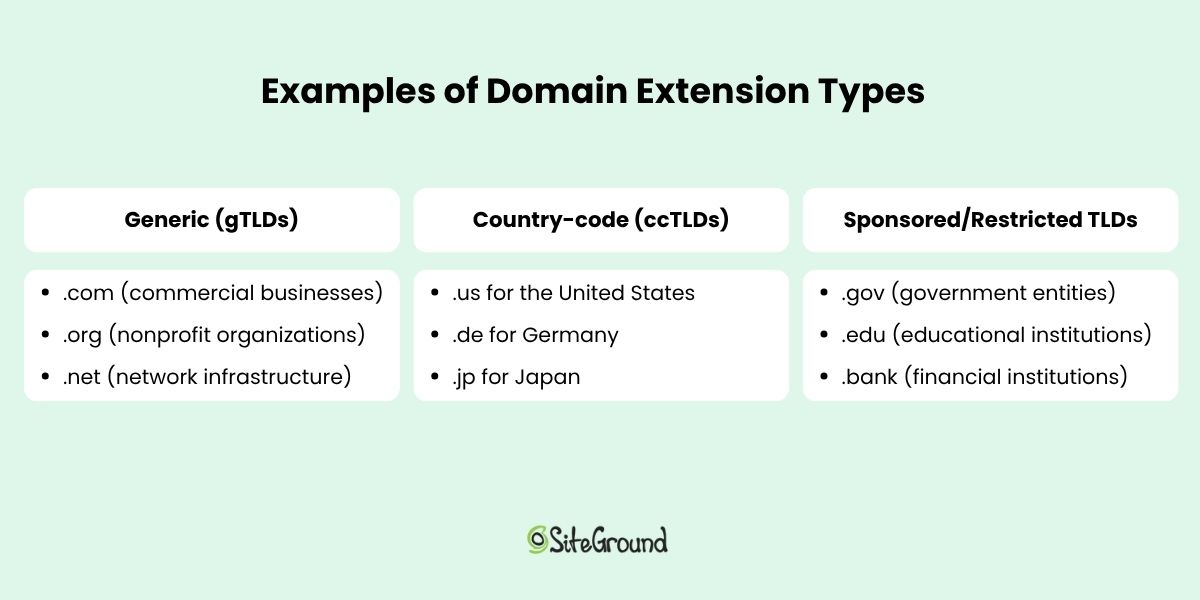
How to Choose the Right Domain Extension
Alright, now we’ve got the basics covered, but what does this mean for you as you contemplate the perfect domain name?
1. When in Doubt, Go with .com
Despite the explosion of new domain extensions, .com remains a top choice for businesses and personal websites alike. If you’re able to find a great domain name with a .com extension, it’s usually the safest and most effective choice. Here’s why:
- Universal Recognition: .com is the most familiar and trusted domain extension worldwide. People automatically type “.com” when entering web addresses, making it easier for your audience to find you.
- Credibility and Professionalism: Because it’s so well-established, .com domains often convey authority and legitimacy. Visitors may trust a .com site more than less familiar extensions.
- SEO Stability: While Google states that domain extensions don’t directly affect search rankings, users’ trust and click behavior often favor .com sites, which can indirectly benefit SEO.
- Better Resale Value: If you ever decide to sell your domain, .com names tend to have higher market value and demand.
- Widespread Availability: Many services, platforms, and email providers default to .com, making integration easier.
Those are some pretty compelling reasons, but securing a short, catchy .com domain can be like panning for gold: just plain hard to find. So if your ideal .com isn’t available, don’t worry—newer domain extensions can offer creative and even more ideal alternatives, which we’ll be covering in the sections to come.
2. Know Your Audience
We’ve established that .com is the default choice—and for good reason. But, apart from the limited availability, it’s important to keep in mind that not every audience responds to domain extensions in the same way.
That is, if you’re building a brand, and want to get more adventurous with your domain extension, then it’s worth considering how your domain extension will land with your audience. In fact, in some cases, going beyond .com might actually make your brand feel more relevant, more modern, or more trustworthy.
So what does this look like?
If your audience is tech-savvy, you can more confidently use newer, less conventional extensions, like .io or .ai (which we discuss more about in a bit).
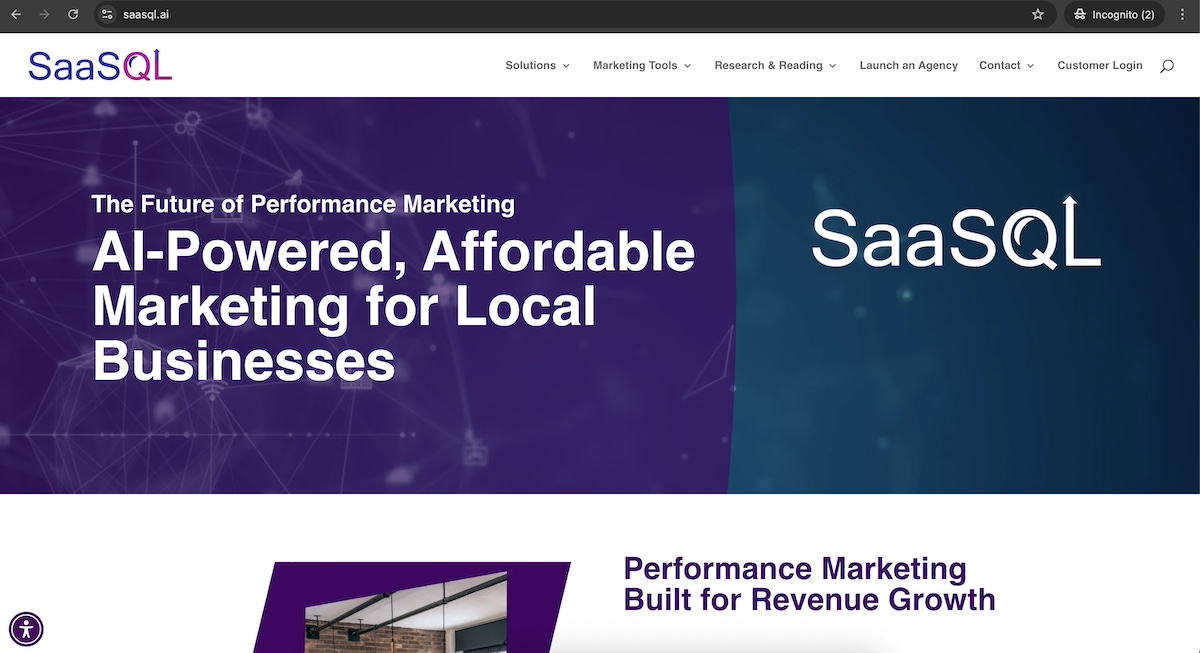
If your audience is more mainstream, it’s best to stick with traditional, widely recognized extensions like .com (still the most familiar and trusted), .org (well-established for nonprofits and mission-driven brands), and .net (occasionally used for networking or infrastructure services). Mainstream users may be confused or skeptical of unfamiliar extensions, which can hurt trust and click-through rates.
Bottom line: Choose an extension your audience will recognize and trust—especially if you’re targeting users who aren’t in the habit of exploring the internet’s cutting edge.
3. Build Trust with the Right Extension
Beyond audience preferences, your domain extension also sends a subtle signal about your site’s trustworthiness and professionalism. Some extensions instantly convey authority, while others can feel unfamiliar—or even spammy—to certain users.
Here’s how different extensions shape perception:
- Trusted and stable: Extensions like .com, .org, and .edu are long-established and widely respected. They’re safe bets when you want to signal legitimacy and reliability.
- Potentially risky: Some extensions—such as .biz, .info, or obscure gTLDs—may raise eyebrows. Even if they’re valid, they’ve historically been linked with spammy or low-quality content.
- Contextually strong: Industry-specific or verified extensions (like .health, .law, or .bank) can build credibility if they clearly match your offering and audience expectations.
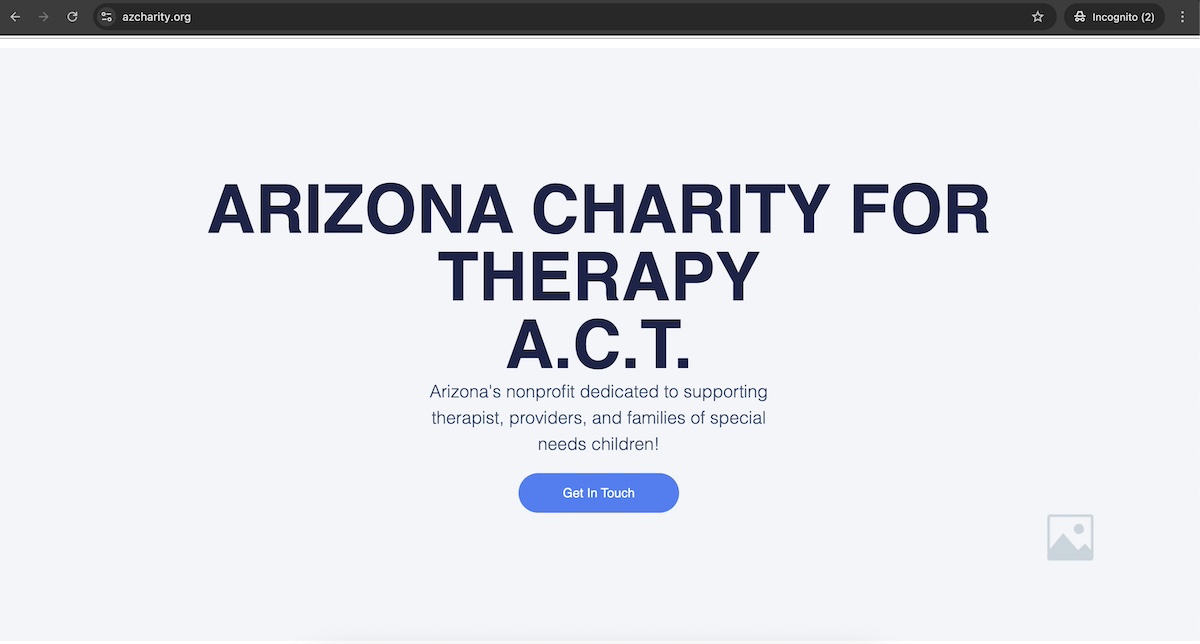
While having a familiar domain extension like .com might not necessarily improve your Google ranking, choosing an extension that feels untrustworthy or unfamiliar can negatively impact your SEO—primarily by reducing user trust and click-through rates. Since Google values user engagement, a domain that inspires confidence encourages people to click, explore, and interact with your site, indirectly supporting better search performance.
4. Consider Your Geographic Reach
If your business or website primarily serves a specific country or region, using a country-code top-level domain (ccTLD)—like .es for Spain or .ca for Canada—can help signal your local presence. Beyond that, local TLDs can:
- Improve relevance for local search results
- Increase visitor confidence that your site is tailored to their region
- Help comply with country-specific regulations
All this said, if your brand or business operates globally, it’s usually better to stick with a single domain—preferably a generic TLD like .com—and organize your content using subdirectories (that is, yourbrand.com/es/ for Spain) rather than multiple country-specific domains. Here’s why:
- SEO Benefits: Domain authority does not transfer between multiple ccTLDs, so managing several domains splits your SEO power. A single domain consolidates your site’s authority, making it easier to rank.
- Simplified Tracking: Managing analytics and marketing campaigns is easier when all traffic funnels through one domain. Multiple domains complicate performance tracking and increase costs.
- Consistent Branding: A single domain ensures a unified brand identity across regions without confusing visitors.
In short, reserve local ccTLDs if your audience is narrowly focused on that region. Otherwise, use a single global domain and organize content by language or country within it for better SEO, tracking, and brand consistency.
5. Think About Branding
Your domain extension is part of your brand—it shows up in every link, every email, and often in spoken conversation. That means it should be easy to remember, simple to say, and visually clean.
Sometimes, the right domain extension can even enhance your brand identity or make a clever name possible when the .com version is already taken. For example:
- Creative use of the TLD: A site like calm.app or notion.so feels modern and on-brand without needing .com.
- Shorter, cleaner names: If yourbrand.com is taken, but yourbrand.tech or yourbrand.store is available, you can keep the name you want without adding awkward dashes or extra words.
- Memorability over convention: A domain like join.us or studio.design might stand out more and be easier to remember than a longer or compromised .com.
Pro tip: Before choosing an extension, say the full domain name out loud. If it sounds awkward or hard to explain to someone, it may not be the right fit, regardless of how clever it looks on paper.
6. Align with Your Industry
Choosing a domain extension that reflects your industry can help you stand out, clarify your offering, and create a more intuitive experience for your audience. It shows visitors what you do before they even land on your site.
Some examples of industry-specific extensions include:
- .tech – For startups, engineers, and tech-focused brands
- .design – Popular with creatives, agencies, and portfolio sites
- .health – For healthcare providers, wellness brands, and medical tech
- .law – Used by law firms and legal professionals
- .photography, .finance, .marketing, and many more
These extensions aren’t just creative, they can also help to:
- Establish relevance: Visitors instantly associate your site with your field
- Improve memorability: A descriptive extension can be easier to recall than a generic one
- Enhance branding: You get a cleaner, more brand-aligned domain when .com versions are taken
Pro tip: Make sure the extension is widely understood within your industry and won’t confuse your audience. As we discussed above, some niche TLDs still feel unfamiliar to the general public.
7. Check Availability
Before you fall in love with a name, make sure it’s actually available, and be sure to buy the domain. But don’t just make sure the domain isn’t in use: these days, consistency across platforms is essential, so you’ll want to make sure your name is available across the board.
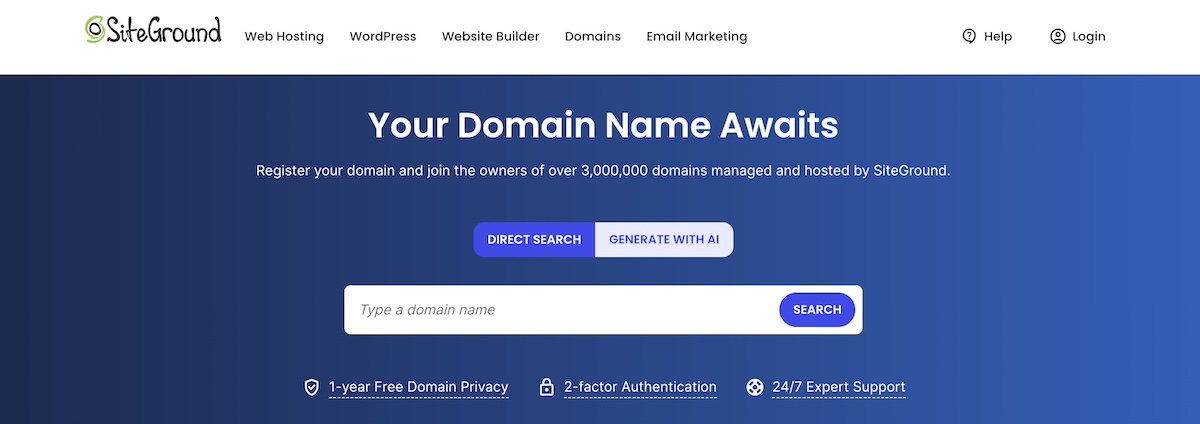
Domain availability
Use a domain search tool to see if your desired name is available for domain registration. If the .com is taken, consider alternatives like .co, .io, or an industry-specific TLD—but always double-check that the alternative domain extension (or extensions) isn’t already in use by an active brand or competitor (because, if so, and you proceed with using the domain, this could equate to domain squatting).
Even if the domain is used by a non-competitor, think carefully about potential confusion. Do you want your brand mistaken for another? Could it impact your visibility, credibility, or future expansion plans? Before settling on a name and extension, make sure to evaluate the broader implications for your brand.
A Quick Note on Pricing
Domain pricing varies depending on the extension. Standard domains like .com, .org, or .net usually cost around $10–$20/year. Newer or niche extensions—like .ai, .tech, or .design—can range from $30 to $100+ annually, while short or keyword-rich names may be considered premium and priced higher.
SiteGround makes it easy to check domain availability and compare prices during registration. And if you’re starting a new website, your first year of domain registration is free for select extensions when you sign up for hosting.
Social handle availability
Social media marketing is an inevitably important part of growing a business, so you’ll want to make sure your domain’s name (or a close variation) is available on key social platforms like Instagram, Twitter/X, TikTok, LinkedIn, and YouTube. At the end of day, a unified identity across web and social helps build brand recognition and makes it easier for people to find you.
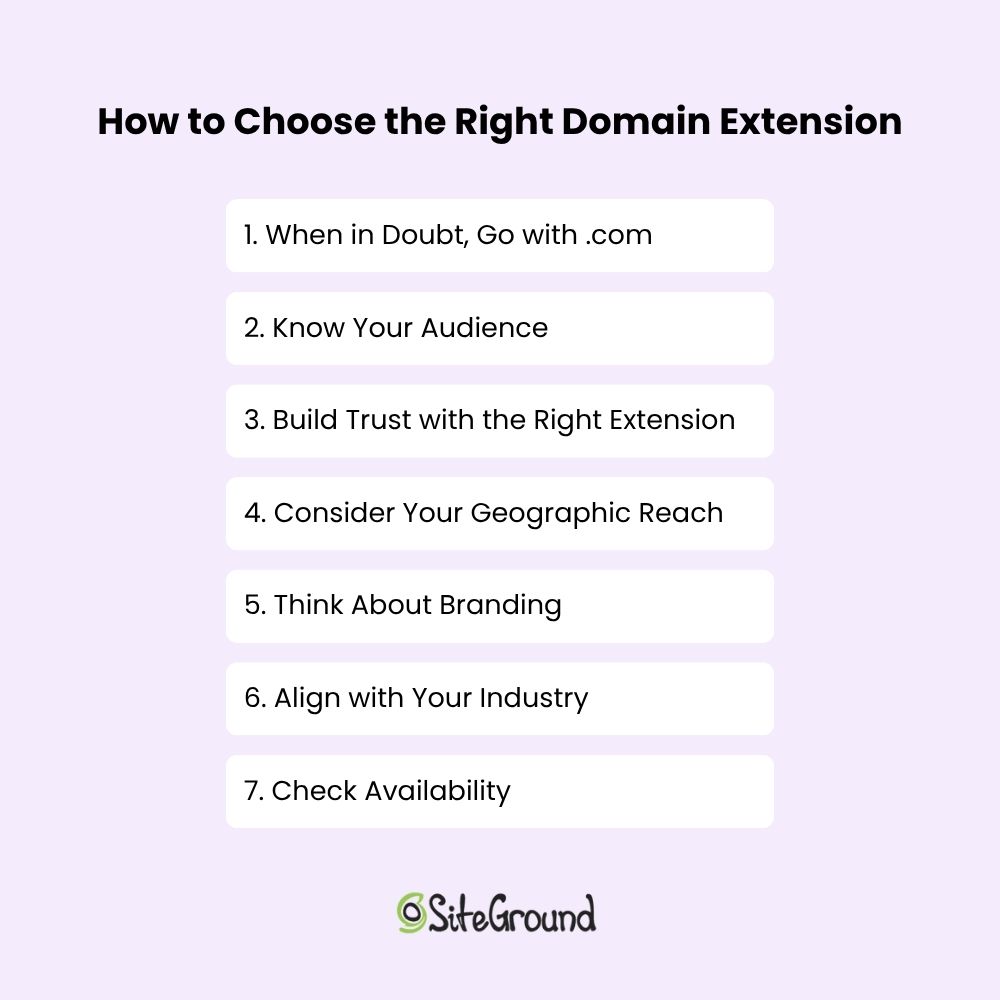
Modern Domain Trends in 2025
At this point, we’ve got the general domain extension landscape pretty well mapped out. So, what fresh trends are shaping the way we choose domains in 2025?
Trend #1: Startups Are Steering Away From .com
As we’ve covered, .com usually remains the go-to, but many startups today are opting for modern extensions like .io, .ai, and .dev to signal innovation and stand out. These newer TLDs are often shorter, more brandable, and directly reflect the tech focus of many startups.
- .io is popular with SaaS and developer tools.
- .ai highlights artificial intelligence products.
- .dev targets developer-focused platforms.
These extensions aren’t just practical—they’re strategic branding choices that speak to a tech-savvy audience and help startups differentiate themselves. In fact, in some spaces, a .com might even feel outdated or overly corporate.
Trend #2: Brands Are Rethinking ccTLDs
Country-code top-level domains (ccTLDs) were originally tied to specific countries—but today, brands are using them creatively to signal what they do rather than where they are.
For example, the aforementioned .io was originally meant for the British Indian Ocean Territory, .ai was tied to Anguilla, and .tv represents Tuvalu but has become popular with media and streaming sites.
One caveat: while these ccTLDs act like generic TLDs in practice, they’re still technically country-specific. That means some policies or restrictions could apply, and their long-term status depends on agreements with the respective country’s domain authority.
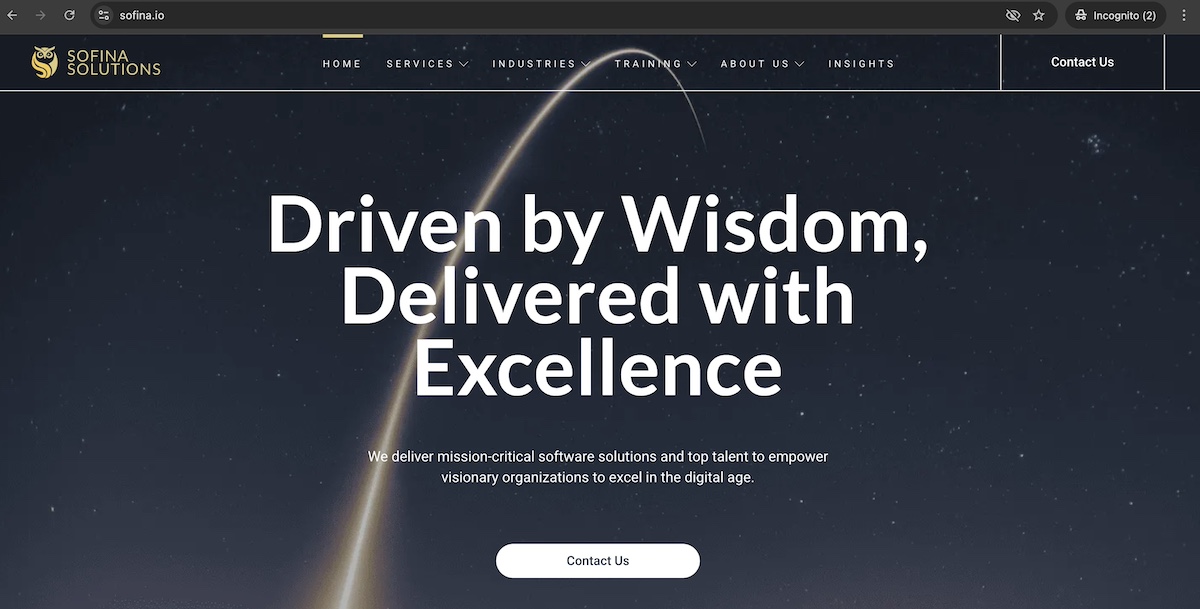
Trend #3: Online Stores Are Getting Creative
Ecommerce websites are also moving beyond traditional .com domains and embracing extensions like .store, .shop, and .fashion to clearly communicate what they sell. These extensions make URLs more descriptive and oftentimes memorable, helping brands stand out.
Using a niche TLD gives retailers more flexibility to claim their ideal brand name without awkward add-ons, numbers, or hyphens. It can also reinforce brand identity at a glance, making it easier for customers to find, remember, and trust the site.
Trend #4: Creators Are Branding with Personal TLDs
Freelancers, influencers, and content creators are using extensions like .me, .bio, and .name to build personal brands that feel approachable and authentic.
These extensions are perfect for personal websites, landing pages, and social link hubs—and they make domains feel more custom and human.
- .me domains are great for showcasing personal work
- .bio works well as a link-in-bio or intro page
- .name is a niche but fitting choice for personal sites
Trend #5: Big Brands Are Launching Their Own TLDs
Major companies are going a step further by securing custom, brand-owned TLDs like .apple and .barclays. These exclusive domains offer full control over the namespace and reinforce brand identity at every level.
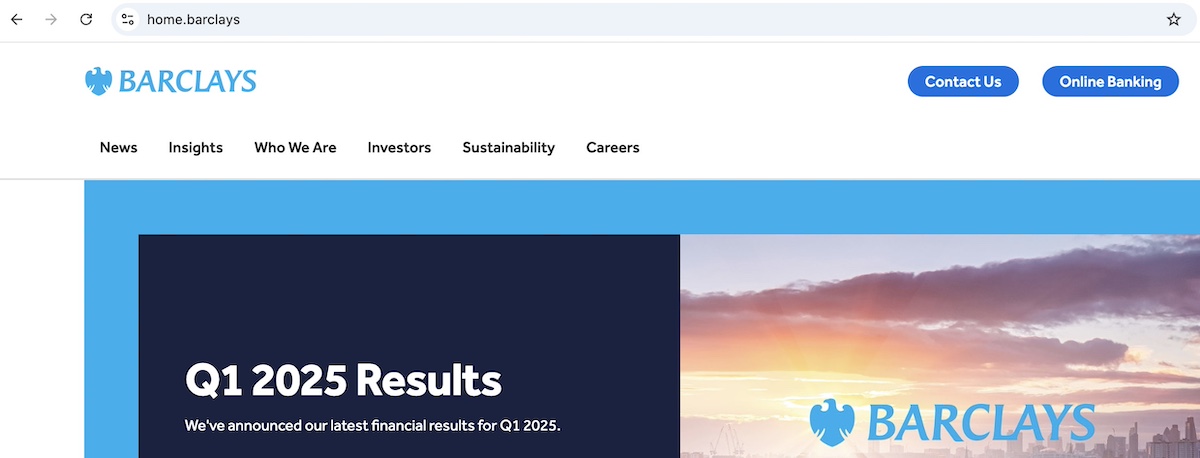
While this strategy is still limited to large enterprises with the resources to manage their own TLD, it points to where the web is headed—more personalized, brand-specific domains.
The Perfect Domain Extension Is Waiting for You
Whether you stick with a tried-and-true .com or venture into trendy new territory with a creative or industry-specific TLD, your domain extension plays a meaningful role in shaping how people find, perceive, and remember your brand. Just be sure to balance recognition and trust with creativity and clarity—that way you can stand out without confusing your audience. With more options than ever before, 2025 is the year to really get smart about your domain.
Ready to launch your next great idea? Buy your domain with SiteGround and get free domain privacy for the first year—plus access to expert support whenever you need it. Want to take things further? Explore powerful tools for web hosting, site building, and email marketing to bring your vision to life.
FAQs for Domain Extensions
What are the Most Common Domain Extensions?
The most common domain extensions include .com, .org, and .net, which have been around since the early days of the internet. .com is by far the most widely used and trusted, while .org is often associated with nonprofits and communities, and .net serves as a solid alternative when a .com isn’t available. Other frequently seen extensions include .edu (for educational institutions), .gov (for U.S. government entities), and newer favorites like .co, .io, and .ai, especially among startups and tech companies.
How Many Domain Extensions Are There?
There are currently over 1,500 domain extensions available, with new ones being introduced regularly. This includes classic options like .com, .org, and .net, as well as hundreds of newer generic extensions (like .app, .design, .xyz), country-code TLDs (like .de or .jp), and specialized or restricted domains (like .bank or .gov). While not all are widely used, the variety gives website owners more flexibility than ever before.
How Much Does a Domain Extension Cost?
The cost of a domain extension varies depending on the type and popularity of the TLD. Common extensions like .com or .net typically cost between $10 and $20 per year, while newer or niche extensions like .tech, .ai, or .design can range from $30 to $100+ annually. Premium domains or restricted TLDs may cost even more. If you’re starting a new website with SiteGround, you can register a domain for free for the first year when you sign up for hosting—making it even easier to get started.
How to Search for a Domain Extension?
You can search for a domain extension using any domain registrar or web hosting provider with a domain search tool. Simply enter the name you want, and the tool will show you which extensions are available—like .com, .net, .shop, or .tech—along with their prices. If you’re using SiteGround, you can easily check domain availability and register your preferred extension directly during the hosting signup process.
Do Domain Extensions Affect SEO?
When it comes to whether domain extensions affect your SEO rankings, Google, in theory, treats all domain extensions equally when it comes to search algorithms. However, indirect factors—like user trust, click-through rates, and memorability—can influence performance. So a .com may not necessarily improve your SEO, but it might get more clicks than a less familiar extension simply because users recognize and trust it. Alternatively, a less trustworthy domain extension could have the opposite affect.


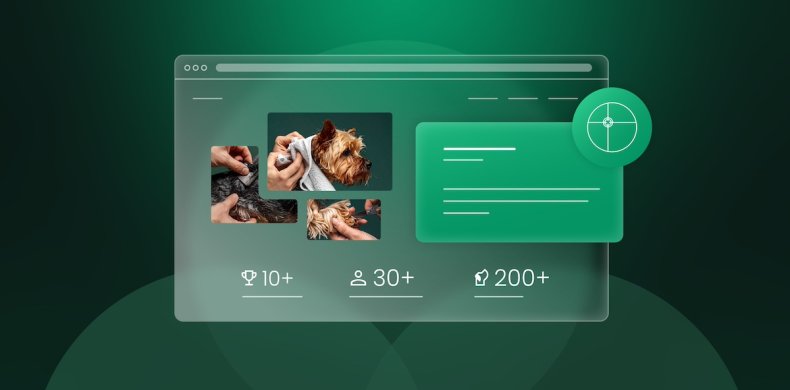
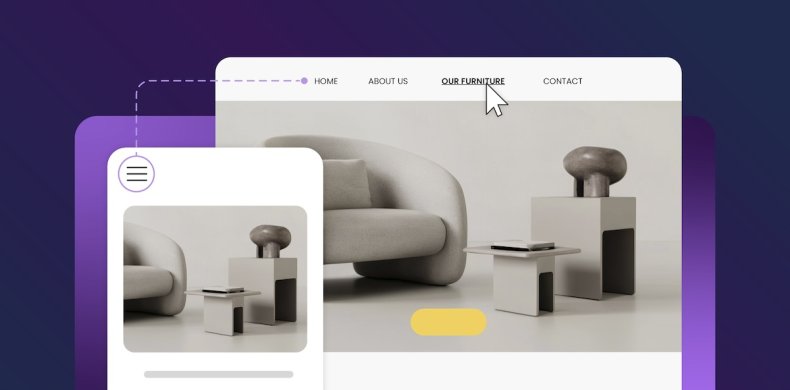
Comments ( 0 )
Thanks! Your comment will be held for moderation and will be shortly published, if it is related to this blog article. Comments for support inquiries or issues will not be published, if you have such please report it through our official channels of communication.
Leave a comment
Thanks! Your comment will be held for moderation and will be shortly published, if it is related to this blog article. Comments for support inquiries or issues will not be published, if you have such please report it through our official channels of communication.